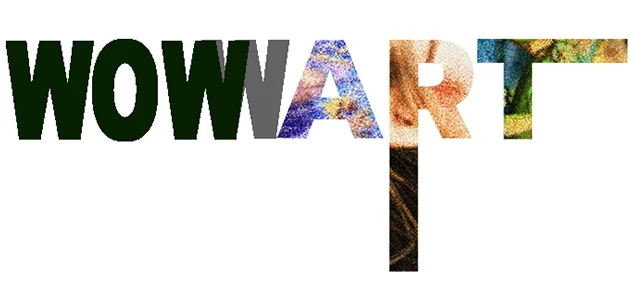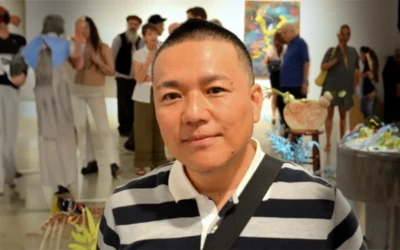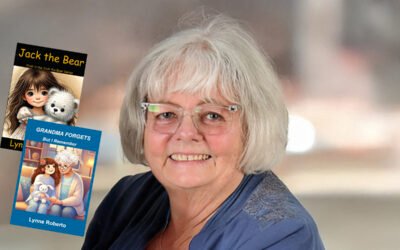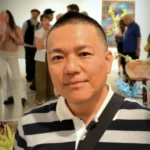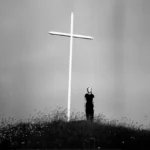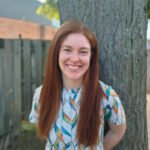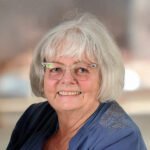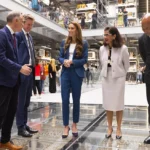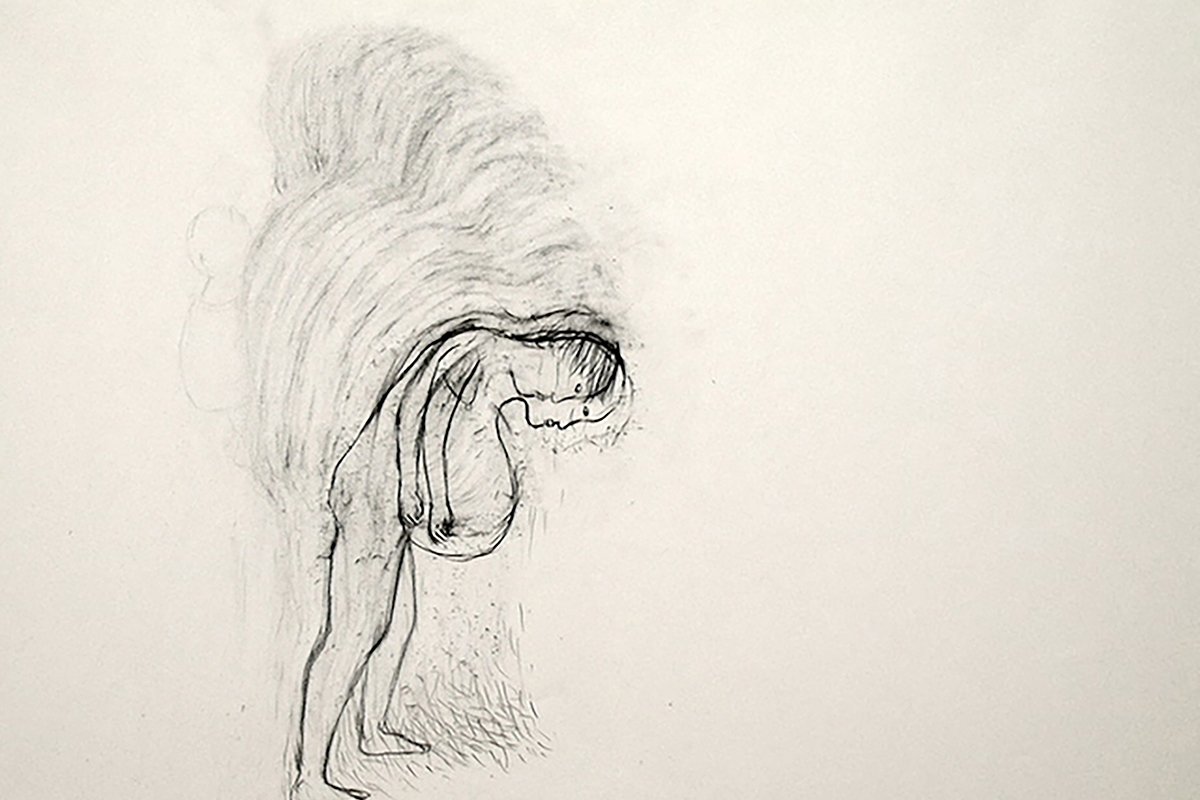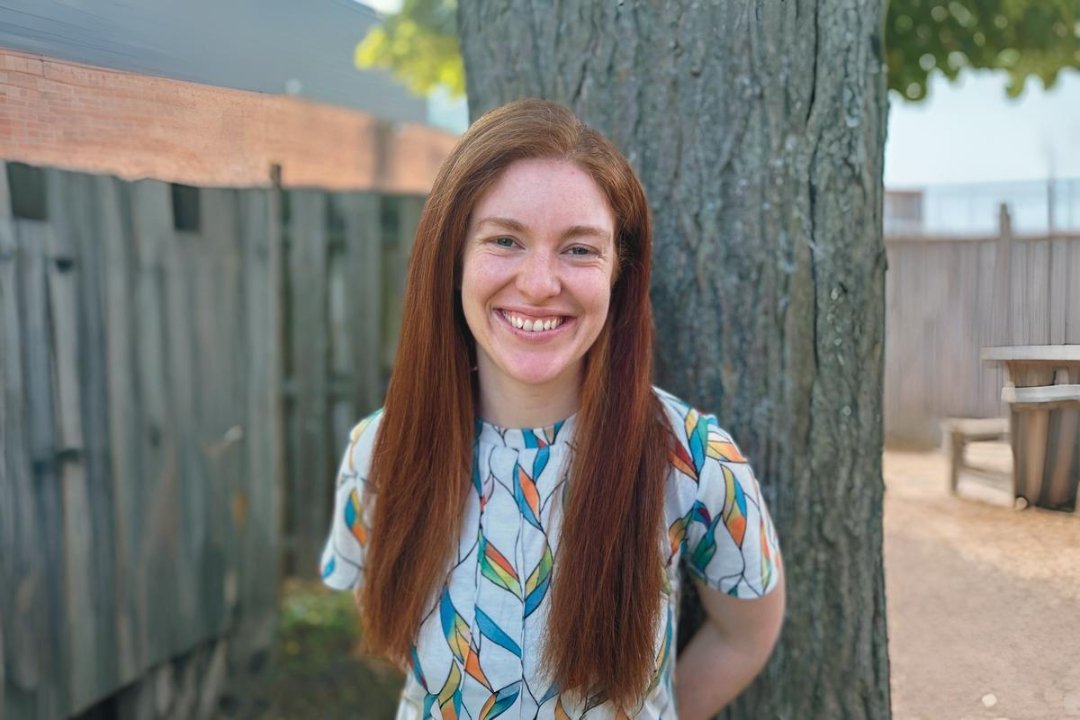Dana Levy’s Artistic Journey Through Memory And Identity
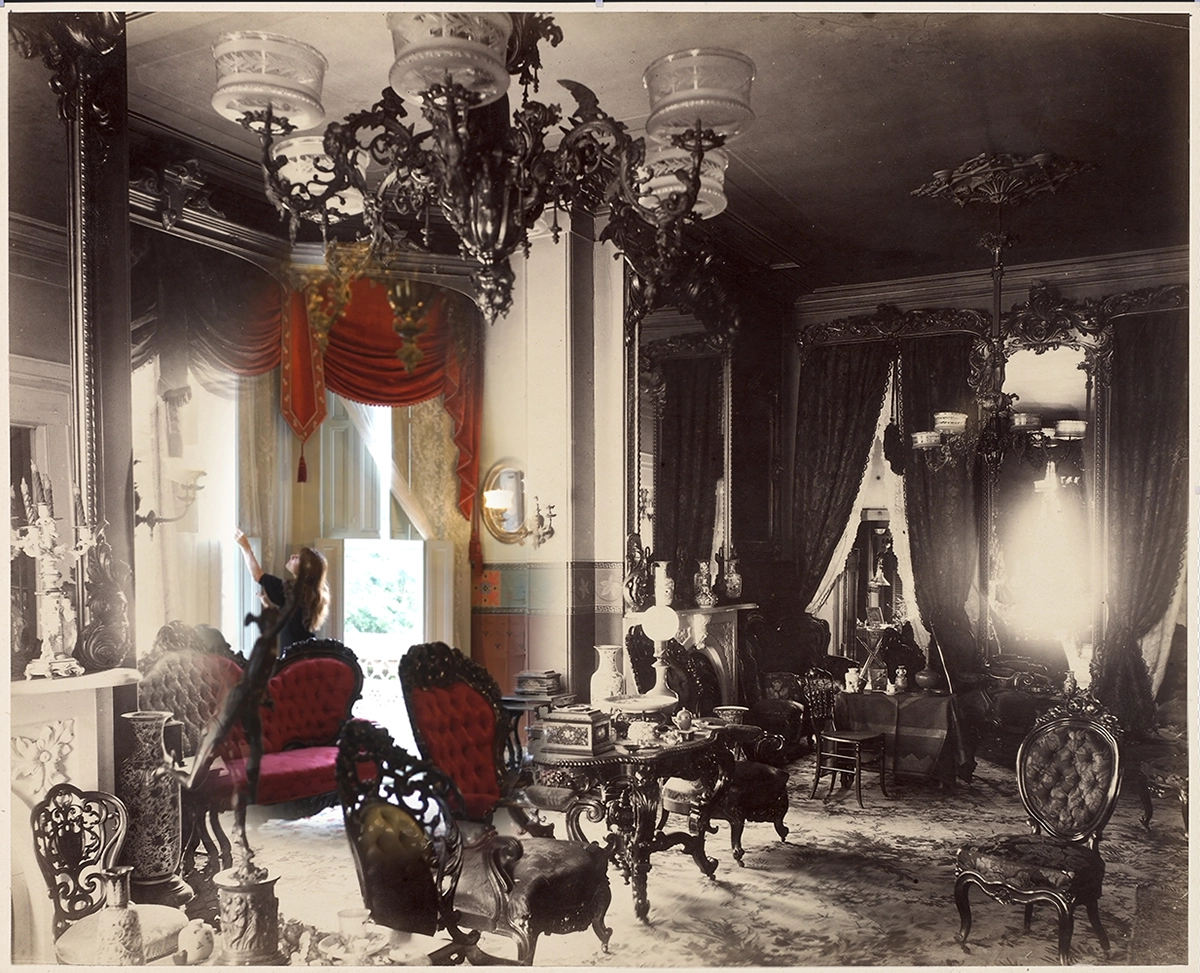
Exploring The Intersections Of Heritage, Coexistence, And Surrealism
Dana Levy discusses her artistic process, blending personal history with cultural narratives, and explores themes of coexistence and memory in her work.
Dana Levy’s artistic journey is a profound exploration of identity, memory, and the intricate tapestry of cultural history. Born in Tel Aviv to a diverse lineage of Egyptian and German descent, and nurtured across the U.S., U.K., and Israel, Levy embodies a synthesis of worlds that informs her work. Her innovative approach bridges documentary realism with surrealist elements, inviting viewers to engage with themes of coexistence and the passage of time.
Levy has garnered significant recognition, including prestigious fellowships and awards, which underscore her impact on the contemporary art scene. Her exhibitions across renowned institutions—from the Israel Museum in Jerusalem to the Saint Louis Art Museum—highlight her ability to transcend traditional artistic boundaries. Notably, her work has graced the screens of iconic venues such as the Tate Modern and the Tribeca Film Festival, demonstrating her commitment to pushing the limits of visual storytelling.
Dana Levy masterfully intertwines personal and collective histories, creating immersive artworks that challenge perceptions and celebrate the complexity of identity.
In this interview, we delve into Levy’s creative process, examining her use of found objects and the profound significance of the Cairo Geniza manuscripts in her work. Her ability to weave together personal and collective histories speaks to the resilience of memory and the enduring connections between past and present. Levy’s exploration of family narratives, particularly concerning the Jewish community in Egypt, serves as a poignant reminder of the complexities of heritage and the importance of preserving cultural stories that risk being lost.
As we present this captivating conversation, we invite you to immerse yourself in the rich world of Dana Levy’s art—a realm where boundaries blur, and the echoes of history shape a vibrant future. Her works not only challenge our perceptions but also inspire us to reimagine relationships across cultures and histories. Through Levy’s lens, we gain insight into the shared human experience that transcends borders and affiliations, encouraging a deeper understanding of coexistence in our contemporary world.
What challenges did you face in blending documentary and surrealist elements in “Fatherland Archives,” and how did you overcome them?
Animals often appear in my works. They have no religion, ethnicity or nationality so including them allows me to erase these preconceptions, while adding a surrealist element.
Reptiles are also referenced in the work. For example a snake slithers over a segment of a book written by Jerusalem based researcher Jacob Saphir, one of the first non locals to discover the Cairo geniza in 1864, describing how he was warned by locals of the dangerous serpent guarding the entrance of the geniza in Cairo’s Ben Ezra synagogue .
“Animals often appear in my works. They have no religion, ethnicity or nationality… erasing these preconceptions while adding a surrealist element.” – Dana Levy
A hand drawn serpent also appears in a geniza fragment of a magical text to obtain protection from evil eye which I filmed at the Jewish Theology Seminary in New York.
Lizards are desert dwellers that belong to the region, they cross country borders with no issues. Similarly my grandfathers passport shows proof of his travels in the region frequenting Jerusalem and Lebanon. Reptiles also blend into their surroundings as a defense tactic, similarly Jews of Egypt did not wish to stand out. My grandfather wore a tarboosh, a ottoman hat, to observe the Jewish custom of covering his head.
Its important that I mention that the reptiles that appear in the work are rescues, once pets, discarded by their owners that were rescued by the animal handler I worked with.
Could you discuss the significance of using the Cairo Geniza manuscripts in your project and what they represent to you personally?
Old withered documents and the fact that they continue to exist centuries after those who created them, fascinate me. They were touched so intimately by people who lived in a world unimaginable today.
These old documents in my father’s possession, passed on from his father who rarely threw any document from their life in Egypt away, were the catalyst for this project. Among the documents are letters from and to his children, from colleagues and friends, passports, receipts, certificates, drawings, etc, similar to the kind of documents that were discovered in the Cairo Geniza,. By presenting my families early 20th century documents with antique fragments from the Cairo Geniza dating from the 10th to 19th centuries, I connect my family’s history to a more ancient history of Jews in Egypt.
These documents are evidence of a Jewish community that thrived in Egypt for more than a millennium up the mid 20h century when it virtually vanished from existence.
“This work presents not so distant past, where Jews and Arabs lived together peacefully in the Middle East for millenniums.” – Dana Levy
Symbolicly, some old photos of my grandfather speaking in front a large Jewish community gathering are mysteriously half burnt.
My father and his sibling are from the last generation of Egyptian born Jews. His oldest living sibling is 97 years old. Today, according to Wikipedia only 3 Egyptian born Jews remain living in Egypt. Upon reading this I felt a sense of urgency to record the oral histories of this last generation.
In your sculptural works, how do you decide which found objects to incorporate, and what role do they play in conveying your artistic message?
In my practice I work chiefly with moving image. I like the challenge of breaking the traditional rectangle video format. I project videos on to rocks, rusted cans, I place monitors behind stained glass and antique glass slides in order to seamlessly integrate found objects and video, so that the moving image is an unexpected, yet an inherent, part of the object.
I found the flat jasper slabs used in my work Trucks On Rocks (2019) while traveling through Utah. They have on them bands and swirls, resembling a landscape painting of the same desert landscape they were found them in. Trucks transporting goods are a common sight when traveling through desert landscapes. I projected videos of trucks moving along the lines on the rocks, to appear as if driving through the desert.
With History Lessons (2022) I collected vintage magic lantern slides, commonly used at the turn of the 19th/20th century for entertainment and education. They appear dark until backlit. I mounted them on a flat tv playing videos of lighting flashes, lighting up the slides and momentarily revealing their image. Combining two common home entertainment technologies, the contemporary flatscreen TV and the century old glass slides, I explore the cost of technological advancement has on the environment. The cultures and landscapes that appear on the antique slides are now gone or transformed also due to extraction of natural resources.
How do you approach animating vintage photos in your home interiors projects, and what effect do you aim to achieve with this technique?
In these works I explore architectural spaces and time. By superimposing videos shot today on to vintage photos of home interiors, I investigate memory, time and place. Like a ghost from the future, intruding personal spaces frozen in time. Climbing through windows, touching walls, interacting with furniture and objects, I experience history, not through reading about it, but by moving through the space of an old photo like a time traveler.
Literature of Storms (2015) was first series. I found prints of modern rooms in 1920s interior design magazines. I saw in these rooms an invitation to enter. I projected on to them videos which animated them like blowing curtains, flickering lights or leaking water. In Intrusions (2014-2023) I found photos of empty rooms at Wave Hill, an estate in the Bronx NY where I was artist in residence. Unlike the anonymous rooms in Literature of Storms, here I could actually enter these rooms a century after the vintage photos were taken. I set my camera up in a similar angle to the old photos and filmed myself in these rooms and then superimposed the footage seamlessly onto the old photos. Unlike the rooms in the old photos which were crammed with furniture and items, today these rooms are public spaces void of any personal items. In Campbell House Project (2021) I found photos taken in 1885 of rooms in a house which today is the Campbell House Museum in St Louis, MO. Amazingly, all the furniture and objects that appear in the 1885 photos are still in tact and in the same position as the old photos. This allowed me to superimpose myself and interact with the antique furniture and objects as well.
Can you share more about the process of creating the soundtrack for “Fatherland Archives” and the role your family members played in it?
My father is a professional musician and a drummer. His sister loves to sing. I brought them both into a recording studio, together with a Palestinian oud player Ala Abu Amra, and we recorded Arabic hit songs by Oum Kulthum and poems my grandfather composed in Hebrew. I also recorded my father playing various instruments as he watched footage from the film. Afterwards I edited the recordings and created the soundtrack.
What message or understanding do you hope viewers take away from “Fatherland Archives” regarding the coexistence of Jewish and Arab communities in the Middle East?
Fatherland Archives presents the not so distant past, during the lifetime of my living family members, where Jews and Arabs lived together peacefully in the middle east for millenniums. A lot has changed politically, but the people are the same people, and I see this work as a opportunity to reimagine such a reality. Labeling people as the enemy because of their ethnicity or religion is something that has been imposed by governments and political groups and is very dangerous.
It breaks my heart that these two peoples are now killing each other. The majority of Israeli families emigrated from Arab Muslim countries, where they lived in peace for generations until Israel’s establishment, after which Jews were prosecuted and had no choice but to flee, leaving behind properties and possession that were seized without compensation. Today these countries are mostly at war with Israel and cannot even be visited by those who were born there.
